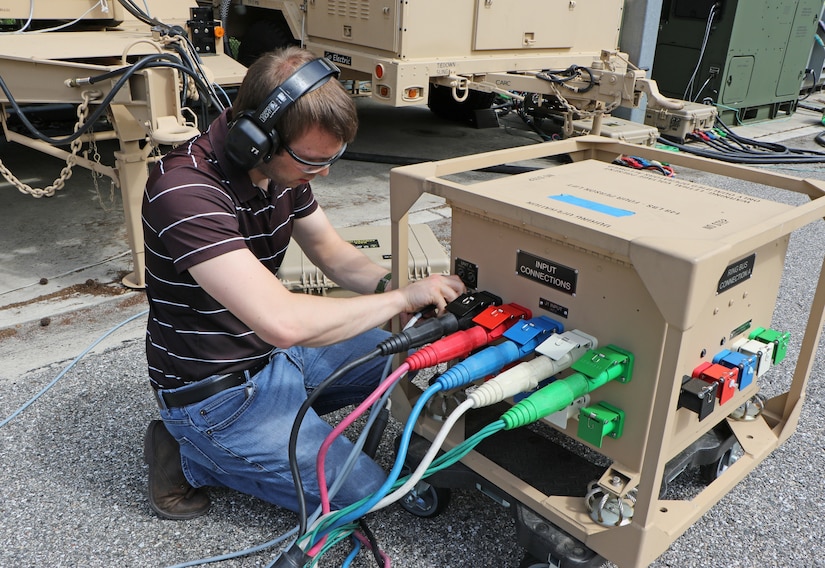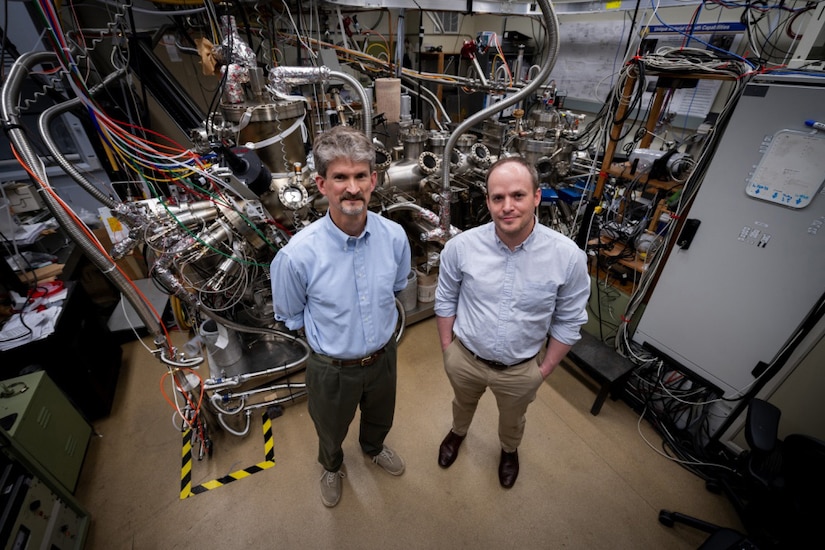Dec. 8, 2020
Many businesses, large and small, want to work and partner with the Defense Department to assist with the identification and development of innovative, cross-cutting technologies to meet joint warfighter needs and support the priorities in the National Defense Strategy.
To ensure the department is identifying and pursuing the "right" set of capabilities, developing the "right" requirements, and prototyping and acquiring the "right" systems or technology for our warfighters, the department is emphasizing the use of mission engineering.

"The department has been really sorting through how do we get more intelligent and mindful about the things that we're investing in and how all of those things play together to accomplish the missions," said Jim Faist, director of defense research and engineering for advanced capabilities within the office of the undersecretary of defense for research and engineering.
To provide practitioners within the DOD and the industrial base a firm understanding of the main attributes, methodology and lexicon associated with ME, the department published the "DOD Mission Engineering Guide." The guide will make it easier for the industry and the department to communicate and collaborate across ME efforts by providing users with a set of products to document and portray results that guide, constrain, and inform capability and technology development.

The goal was to develop a methodological, but tailorable ME process to assist users, both novice and experts, in formulating problem statements, characterizing missions, identifying mission metrics, and using models to analyze missions. The guide offers an understanding of the main principles involved in performing analysis in a mission context. It also establishes a standard set of ME terms and definitions to enable a more coherent and effective conversation. The guide will promulgate ME best practices and invoke critical thinking.
"The guide details an approach to ME analysis that delivers results to identify enhanced technology, capabilities, and system interdependencies from a mission perspective as opposed to the traditional 'bottom-up approach,'" said Stephanie Possehl, acting deputy director for engineering and director for engineering policy and systems in the office of the undersecretary of defense for research and engineering advanced capabilities directorate. "ME advances the practice to bring focused attention to mission architectures early in the design and development to inform prototypes, experiments and system requirements," she said.

Earlier this year, the office of the undersecretary of defense for research and engineering established a departmentwide working group consisting of representatives from the Joint Staff, the office of the secretary of defense and the services to collaborate and develop the guide.
"Developing a guide that is useful to the various consumers of ME is a hard problem, but marks the first key milestone to alleviate confusion," Possehl said.
"Through ME analysis, results will continue to drive innovation across the defense community and, most importantly, inform how we design and invest in technology and capabilities needed for future joint all-domain operations and warfighters used to defend our nation against our adversaries," she added.
"It’s essential for the department to team up and effectively communicate priorities, exchange technical information and share ME results to guide the defense industrial base capability design and development, to include their independent research and development efforts, that produces and delivers valuable technology to our warfighters," Possehl said.

ME, as described in the guide, is the technical sub-element of mission integration management that provides engineering products to inform the requirements process, guide prototypes, provide design options and inform investment decisions.
The guidance expands on the policy contained in DOD Instruction 5000.88, "Engineering of Defense Systems."
"Rather than thinking about the mission last, ME starts with the mission, decomposes and analyzes the activities, tasks, capabilities, systems and platforms required to produce effective mission outcomes," Possehl said. "This enables the department to understand how systems interface and exchange information with other systems fits within a system- of-systems architecture, and how the various systems being delivered can best be employed to execute missions."






No comments:
Post a Comment